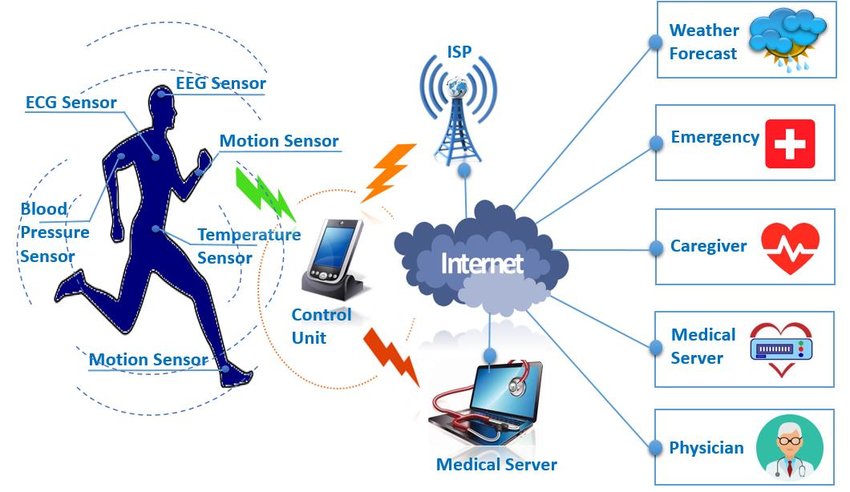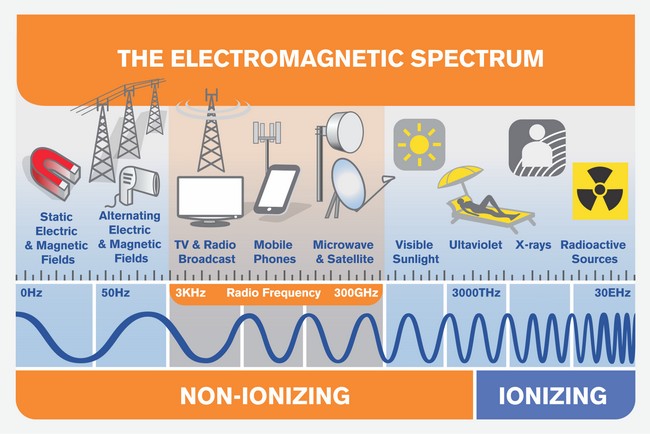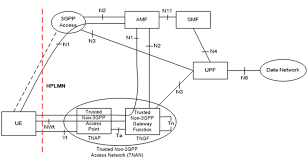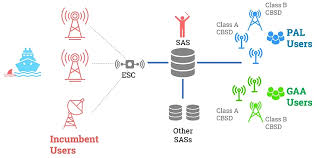What is Wireless Body Sensor Network (WBSN)? Concept, Functions, and Benefits
telcomatraining.com – In recent years, the rise of wearable technologies has opened new doors for healthcare, fitness, and various other sectors. One of the key innovations behind this trend is the Wireless Body Sensor Network (WBSN). This technology is revolutionizing how we monitor health, track physical activity, and manage chronic conditions. But what exactly is a Wireless Body Sensor Network, and why is it gaining such attention? In this article, we’ll explore its concept, functions, and benefits.
What is a Wireless Body Sensor Network (WBSN)?
A Wireless Body Sensor Network (WBSN) is a network composed of wearable sensors placed on or within the human body to monitor various physiological parameters. These sensors collect data such as heart rate, body temperature, blood pressure, respiration rate, and movement, among others. The data is then wirelessly transmitted to a central processing unit, typically a smartphone, tablet, or a cloud-based system, for real-time monitoring and analysis.
WBSNs are part of the broader category of Internet of Things (IoT) technologies. IoT refers to the interconnection of devices and systems, and in the case of WBSNs, it connects body sensors with cloud platforms, allowing for continuous data collection and analysis without the need for physical cables.
Functions of Wireless Body Sensor Networks
Wireless Body Sensor Networks serve several important functions in modern healthcare and personal fitness. Here are some of the primary roles of WBSNs:
1. Health Monitoring and Disease Management
WBSNs allow for the continuous monitoring of vital signs, making it easier for healthcare professionals to track patients’ health in real-time. Patients with chronic conditions such as heart disease, diabetes, or hypertension can benefit from the regular collection of data, which can help manage their condition more effectively. By monitoring key metrics, doctors can detect early signs of potential problems and intervene before they become more serious.
2. Fitness Tracking
For fitness enthusiasts, WBSNs offer advanced features to monitor physical activity and body performance. Sensors can track the number of steps taken, calories burned, heart rate during exercise, and even muscle performance. This data can then be used to optimize workout routines and improve overall fitness levels.
3. Elderly Care
For elderly individuals, especially those living alone, WBSNs offer enhanced safety and peace of mind. These sensors can track falls, monitor movements, and send alerts to caregivers or family members if something is amiss. This is particularly important in preventing accidents and providing timely intervention in emergencies.
4. Real-Time Data Transmission
One of the standout features of WBSNs is their ability to transmit data in real-time. This means healthcare professionals and caregivers can access the data instantly, leading to faster decision-making and more personalized care. The real-time transmission of data can also be used for remote monitoring, reducing the need for frequent doctor visits.
Benefits of Wireless Body Sensor Networks
The integration of WBSNs into everyday life offers numerous benefits. Below are some of the key advantages:
1. Improved Health Outcomes
By providing continuous monitoring, WBSNs allow for better management of health conditions. Early detection of abnormal readings can lead to more timely treatments and interventions, improving patient outcomes and reducing hospitalizations.
2. Convenience and Comfort
With WBSNs, patients no longer need to make frequent trips to medical facilities for basic health check-ups. The wireless nature of the sensors means that individuals can monitor their health from the comfort of their homes, improving convenience and comfort.
3. Cost-Effectiveness
WBSNs can help reduce healthcare costs by minimizing the need for frequent in-person consultations. Additionally, by preventing health issues from escalating, WBSNs can save money on emergency treatments and hospital stays.
4. Increased Awareness and Empowerment
For individuals, WBSNs provide an opportunity to take control of their own health. By tracking data such as physical activity levels and sleep patterns, people can make more informed decisions about their lifestyle and health behaviors. This increased awareness can lead to healthier habits and better long-term outcomes.
5. Personalized Healthcare
WBSNs enable the collection of vast amounts of data specific to each individual. This data can be analyzed to create personalized healthcare plans, ensuring that the treatment or fitness regimen is optimized for each person’s unique needs.
Conclusion
Wireless Body Sensor Networks (WBSN) are transforming healthcare, fitness, and personal well-being by offering continuous monitoring, real-time data transmission, and personalized insights. The concept of WBSNs is at the forefront of the wearable technology revolution, bringing benefits such as improved health outcomes, convenience, and cost savings. As technology continues to advance, the potential applications of WBSNs in healthcare and beyond will only expand, making this innovation one to watch for the future.
By understanding how WBSNs work and how they can be applied, we can embrace the opportunities they offer to enhance health management and achieve a healthier lifestyle.







